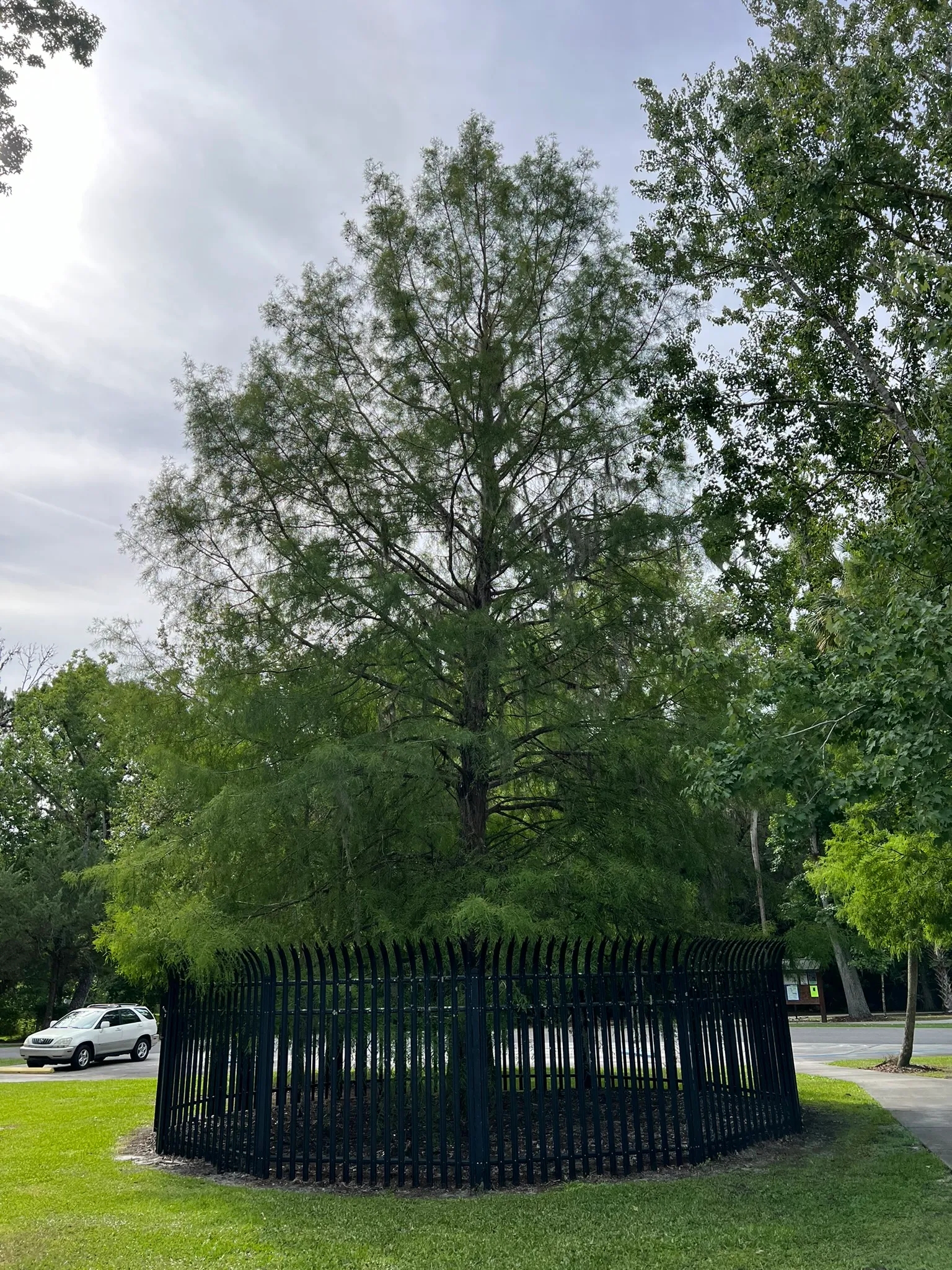Discover the Versatile American Hornbeam: Beauty and Resilience for Your Landscape
The American Hornbeam (Carpinus caroliniana) is a handsome native deciduous tree found in the eastern U.S.A.
Sizes Available
Wholesale Only
1 Gallon
$4.00
3 Gallon
$8.00
7 Gallon
$22.00
15 Gallon
$50.00
An American Hornbeam showcases its smooth, muscle-like bark and its developing fall color, highlighting its unique texture and seasonal appeal.
Scientific Name: Carpinus caroliniana
Common Name: American Hornbeam, Blue Beech, Hornbeam, Ironwood, Musclewood, Muscle Wood, Water Beech
Hardiness Zones: 3A through 9A
Height: 20 to 30 feet
Spread: 20 to 35 feet
Growth Rate: Slow
Foliage: Spring & Summer: Alternate, simple, doubly toothed leaves with a dull bluish-green surface. Fall: Turns an attractive orange-red color, providing beautiful autumn interest.
Bark: Smooth, bluish-gray, thin bark with distinctive fluted vertical ridges, resembling flexed muscles, which gives it the common name “musclewood.”
Sun: Full sun to heavy shade; very adaptable to light conditions.
Soil: Prefers sandy or clay loams with high organic matter, regular moisture, and slightly acidic soils.
Wildlife Value: This tree is a larval host plant for the Eastern Tiger Swallowtail and Red-spotted Purple butterflies.
Why Choose American Hornbeam?
Unique Muscle-Like Bark:
The American Hornbeam is easily recognized by its smooth, bluish-gray bark that appears fluted and muscular, providing year-round visual interest, especially in the winter landscape.
Thrives in Sun and Shade:
This adaptable tree performs well in a wide range of light conditions, from full sun to heavy shade.
Beautiful Fall Color and Wildlife Support:
Enjoy the attractive orange-red fall foliage of the American Hornbeam, adding a vibrant touch to autumn. Furthermore, it supports local wildlife by serving as a host plant for butterflies and providing food and shelter for birds and small mammals.
Environmental Benefits of Planting American Hornbeam
This data is based on US Averages of healthy and mature trees over a 20-year period.
Check out the USDA’s MyTree Tool to input your custom location data.

A single American hornbeam can offset the CO₂ emissions produced by driving an average gas-powered car for 173 miles.

A single American hornbeam can absorb enough stormwater to fill 895 bathtubs, reducing erosion, runoff, and supporting transpiration.

A single American hornbeam removes as much air pollution as the weight of 110 smartphones.
Featured Projects
Central Florida Lands and Timber Nursery, LLC. is a wholesale nursery specializing in a wide array of Florida native trees. With an inventory of over 2 million container-grown trees, CFLTN, LCC can meet the needs of large-scale reforestation, mitigation, and landscaping projects throughout the Southeast region.
Phone
(386) 294-1211
Address
3087 North County Road 53 Mayo, Florida 32066








